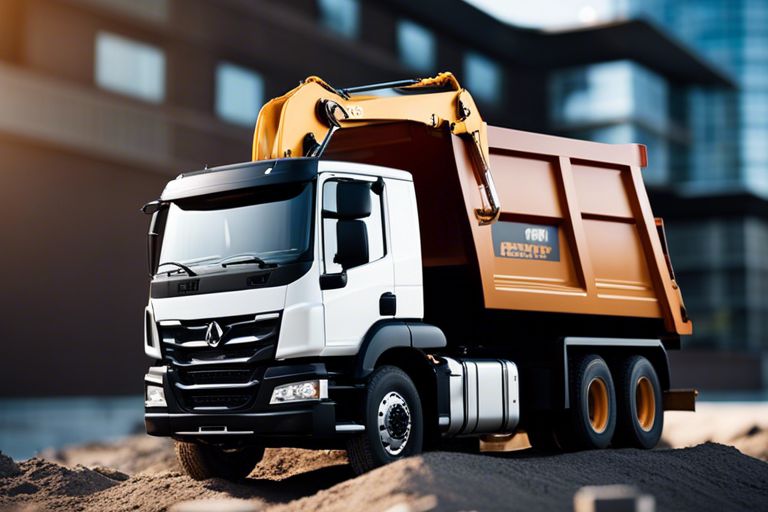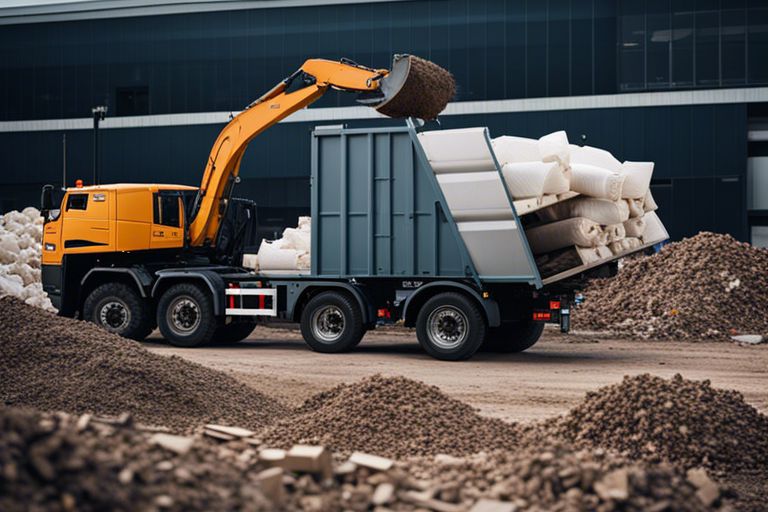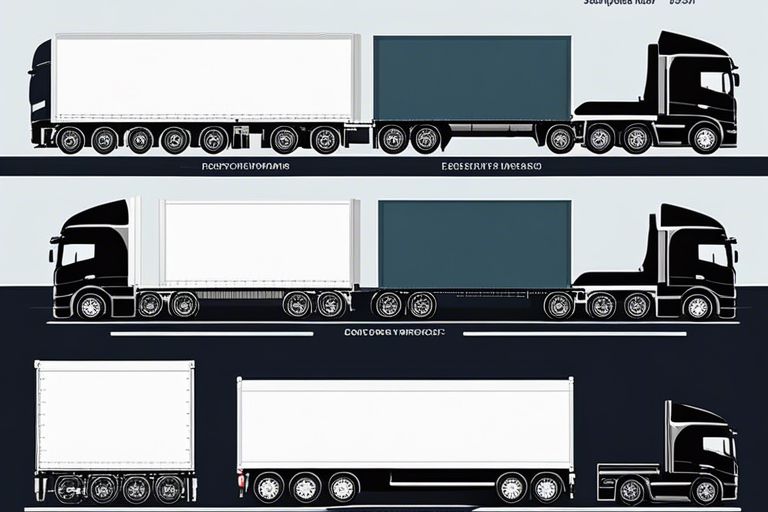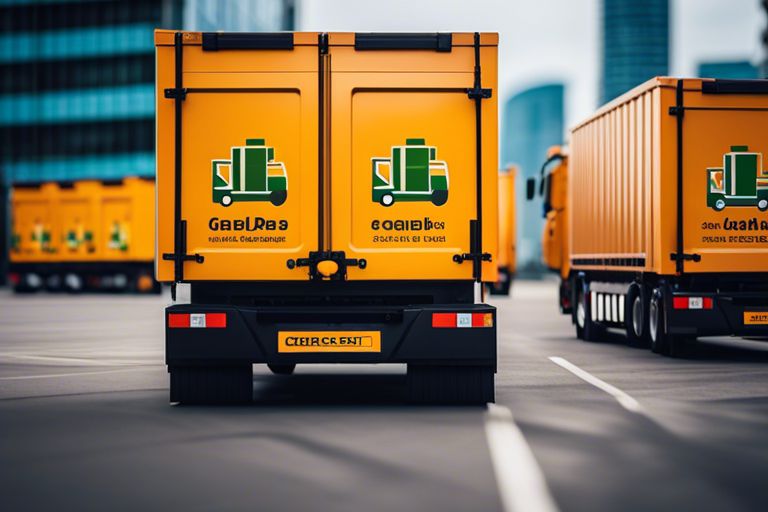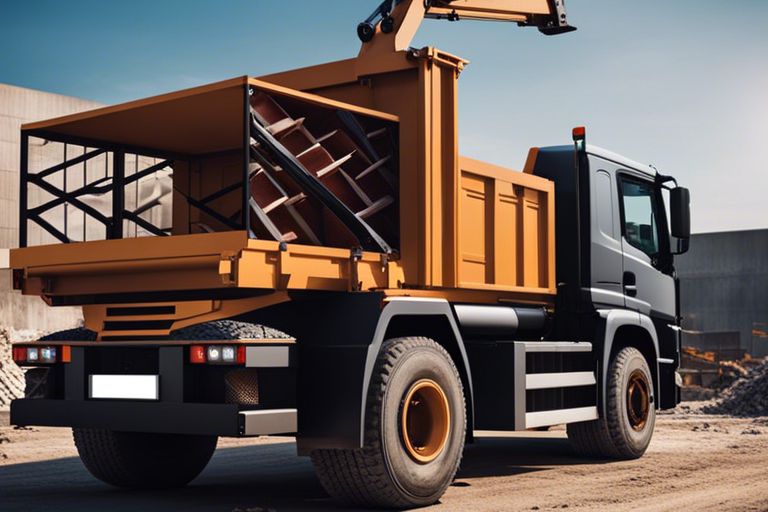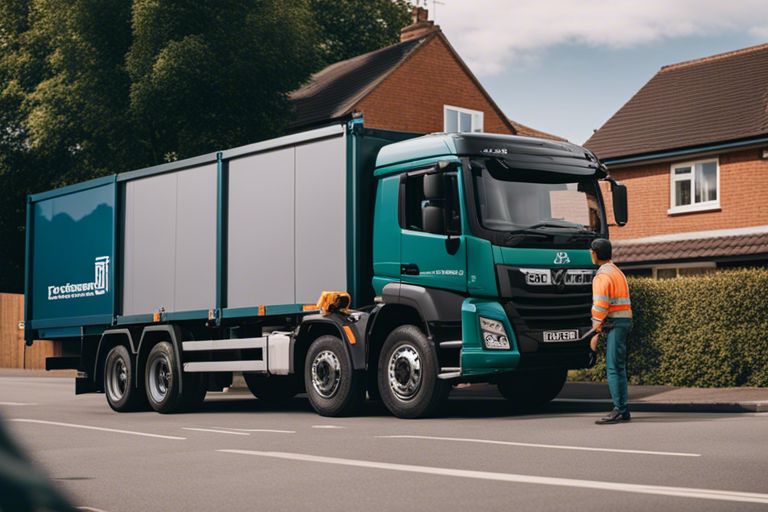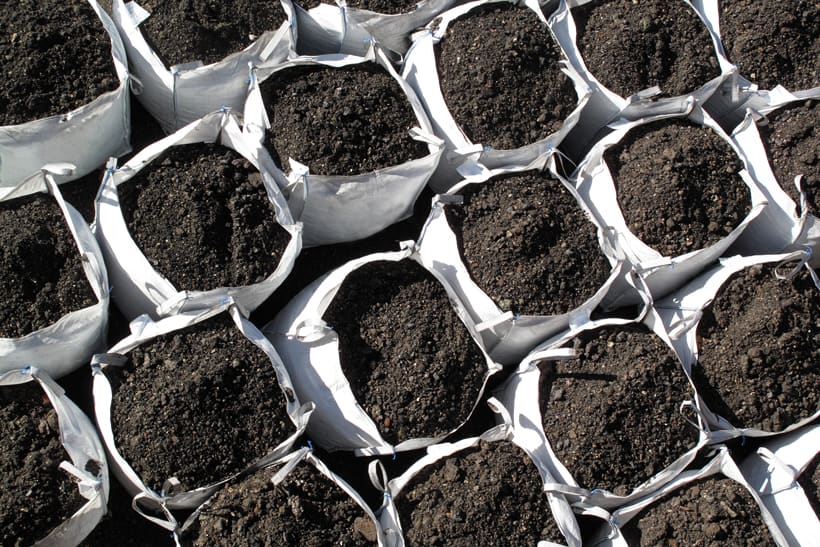When it comes to getting rid of waste quickly and efficiently, you may find yourself torn between skip hire and grab hire. Both options have their advantages, but which one really offers the fastest waste removal for you? By understanding the differences between these two methods, you can make a more informed decision that best suits your specific needs and requirements.
In this blog post, we will explore the key differences between skip hire and grab hire, looking at factors such as loading time, accessibility, and capacity. By the end of this reading, you will have a clear idea of which option is best for your waste removal needs, saving you time and hassle in the process.
Key Takeaways:
- Convenience: Skip hire is more suitable for projects that require a longer period of waste disposal, while grab hire offers a faster option for clearing waste in a shorter timeframe.
- Accessibility: Grab hire allows for easier access to waste collection, as the grab truck can reach over obstacles such as fences or walls to collect waste, whereas skip hire may be limited by access constraints.
- Efficiency: When time is of the essence, grab hire may offer faster waste removal as the grab truck can quickly load and transport waste, eliminating the need for manual loading and unloading associated with skip hire.

Understanding Skip Hire
When it comes to waste removal, understanding the difference between skip hire and grab hire is crucial for making the right decision for your project. If you want to learn more about the comparison, you can check the article Grab lorry hire vs skip hire – Which is best for my project? for an in-depth analysis.
What is Skip Hire?
Skip hire is a waste management solution that involves renting a large metal container, known as a skip, to store and transport various types of waste. These skips come in different sizes, allowing you to choose the one that best suits your project’s needs. When the skip is full, it is then collected by a waste management company and replaced with an empty one if necessary.
Pros and Cons of Using Skip Hire for Waste Removal
| Pros | Cons |
| Convenient waste storage | Limited to on-site placement |
| Flexible sizes available | Requires a permit for roadside placement |
| Various waste types accepted | Not suitable for heavy or bulky waste |
| Regular waste removal schedule | Potentially hazardous loading process |
Timeframe for Skip Hire Service
When you opt for skip hire, you can typically choose the duration for which you will need the skip. This allows you to work within your own timeframe and ensures that your waste removal needs are met within the specified period. However, it’s essential to stay within the agreed timeframe to avoid any additional charges for overrunning the rental period.
Exploring Grab Hire
When it comes to waste removal, grab hire is a popular option that offers convenience and speed. If you’re considering this method, you might want to check out this article Grab Lorry or Skip Hire? Deciding Which is Best for You for more in-depth information.
What is Grab Hire?
Grab hire involves using a specialized truck with a hydraulic arm and grab bucket to quickly and efficiently pick up and remove waste from your property. This method is particularly useful for larger quantities of waste or materials that are difficult to handle manually.
Advantages and Limitations of Grab Hire
Grab hire offers the advantage of quick and easy waste removal without the need for manual loading, making it a time-saving option for larger projects. However, limitations may include restricted access to the site and the need for a designated space for the grab lorry to operate.
Comparing Speed of Service in Grab Hire
When comparing the speed of service in grab hire, it’s important to consider the efficiency of waste removal. The table below outlines the differences in speed between grab hire and skip hire:
| Grab Hire | Skip Hire |
| Quick and efficient removal of large quantities of waste | May require multiple trips for waste removal |
| Ability to handle heavy and bulky materials | Limited capacity for heavy or bulky items |
| Accessible for hard-to-reach areas | May require space for skip placement |
As you can see, grab hire offers a faster and more efficient option for waste removal, particularly when dealing with larger quantities or challenging materials.

Comparative Analysis
When it comes to waste removal, you may have heard about both skip hire and grab hire. Both services have their advantages and drawbacks, and finding the right one for your needs can be a daunting task. Let’s compare these two waste removal services to help you make an informed decision.
Cost Implications
When considering waste removal services, cost is always a significant factor. Skip hire may seem more cost-effective upfront, as you pay a flat fee for the skip rental. However, with grab hire, you only pay for the amount of waste removed, which can actually be more cost-effective in the long run.
Volume and Types of Waste
Both skip hire and grab hire can accommodate various types and volumes of waste. However, grab hire is more efficient for removing large volumes of waste, including bulky and heavy materials such as soil, concrete, and rubble. Additionally, grab hire can reach over obstacles such as walls and fences, making it suitable for sites with limited accessibility. Assume that grab hire is better suited for projects that involve substantial amounts of heavy waste.
| Skip Hire | Grab Hire |
| Can handle mixed waste | More suitable for large volumes of heavy waste |
| May not be suitable for heavy or bulky materials | Can reach over obstacles such as walls and fences |
| Requires ample space for the skip | Less space is needed for waste collection |
| May not be able to access hard-to-reach areas | Capable of site clearance |
| May need a permit for roadside placement | No need for a permit in most cases |
Accessibility and Site Limitations
Accessibility is an important consideration for waste removal services, especially for sites with limited space or obstacles. Skip hire requires ample space for the skip to be placed, while grab hire can access hard-to-reach areas and clear sites efficiently. If your site has limited accessibility, grab hire may be the more suitable option.
Environmental Considerations
Environmental impact is a crucial aspect of waste removal. Both skip hire and grab hire services aim to minimise environmental harm, but grab hire often offers better sustainability as it can efficiently segregate waste at the source. Another advantage of grab hire is that it reduces the need for multiple transportation trips to remove waste, minimising carbon emissions.
Conclusion: Optimal Situations for Each Service
Each waste removal service has its own strengths and weaknesses. For smaller projects with mixed waste and sufficient on-site space, skip hire may be more convenient. However, if you have a large volume of heavy waste and limited site accessibility, grab hire is likely the optimal choice for you. Assess your project’s specific requirements and consider the cost implications, volume and types of waste, site limitations, and environmental considerations to determine which service best suits your needs.
“`

FAQ
Q: What is the difference between skip hire and grab hire?
A: Skip hire involves the use of a skip, which is a large metal container, that is delivered to your location and picked up once it’s full. Grab hire involves a truck with a crane and a grabber arm that can reach over walls and fences to collect waste.
Q: Which one offers faster waste removal?
A: In general, grab hire offers faster waste removal as the grabber arm can collect waste from hard-to-reach areas without the need for manual loading. Skip hire may take longer as it requires filling the skip manually and waiting for it to be collected.
Q: Can grab hire access difficult areas that skip hire cannot?
A: Yes, grab hire can access difficult areas such as over walls and fences, which makes it suitable for waste removal from confined or inaccessible spaces.
Q: What type of waste can be removed using skip hire and grab hire?
A: Both skip hire and grab hire can be used for the removal of various types of waste, including construction waste, household waste, garden waste, and more. However, certain hazardous materials may not be suitable for either method of waste removal.
Q: Which is more cost-effective, skip hire or grab hire?
A: The cost-effectiveness of skip hire versus grab hire depends on the specific requirements of the waste removal project. In general, grab hire may be more cost-effective for removing waste from challenging locations, while skip hire may be more suitable for larger volumes of waste in accessible areas.
Q: Are there any restrictions on where a skip can be placed for hire?
A: Yes, there may be restrictions on where a skip can be placed, such as on public roads or footpaths. Permissions and permits may be required in certain locations. Grab hire, on the other hand, may have fewer placement restrictions due to its ability to access difficult areas more easily.
Q: Which option is more environmentally friendly?
A: Both skip hire and grab hire can be environmentally friendly if the waste is disposed of responsibly and ethically. However, grab hire may reduce the risk of spillage and damage to surrounding areas due to its precise waste collection process.

